January 17, 2025
We still display status in office design, but in new and subtle ways
 There was a time, not so long ago, that one of the most important factors to consider when designing an office was the corporate hierarchy. The office was once the embodiment of the corporate structure. In Joanna Eley and Alexi Marmot’s 1995 book Understanding Offices, quite a lot of space is dedicated to the idea of the ‘space pyramid’, which means simply that the higher up the organisation you were, the more space you were allocated and the better your furniture and surroundings. Even then, the idea of office design as a signifier of dominance was starting to wear thin, as the authors acknowledge. Ostentatious displays of status were already seen as somewhat gauche, but they were to be fatally undermined by the technological advances to come.
There was a time, not so long ago, that one of the most important factors to consider when designing an office was the corporate hierarchy. The office was once the embodiment of the corporate structure. In Joanna Eley and Alexi Marmot’s 1995 book Understanding Offices, quite a lot of space is dedicated to the idea of the ‘space pyramid’, which means simply that the higher up the organisation you were, the more space you were allocated and the better your furniture and surroundings. Even then, the idea of office design as a signifier of dominance was starting to wear thin, as the authors acknowledge. Ostentatious displays of status were already seen as somewhat gauche, but they were to be fatally undermined by the technological advances to come.





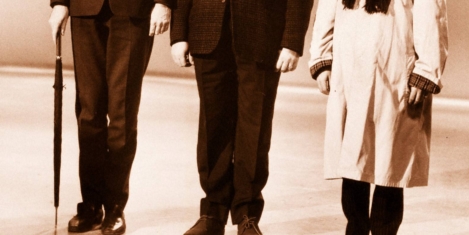










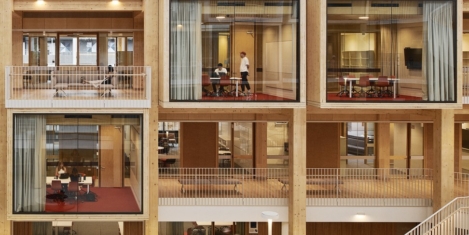
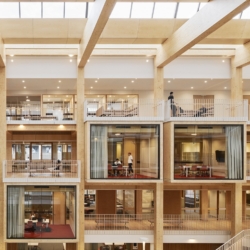




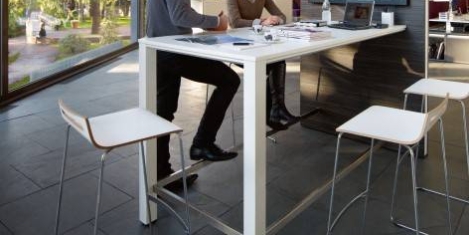
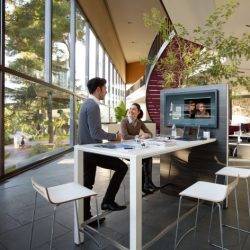










January 20, 2025
Forget all the talk of Blue Monday; work is still (largely) good for us
by Mark Eltringham • Comment, Facilities management, Wellbeing, Workplace